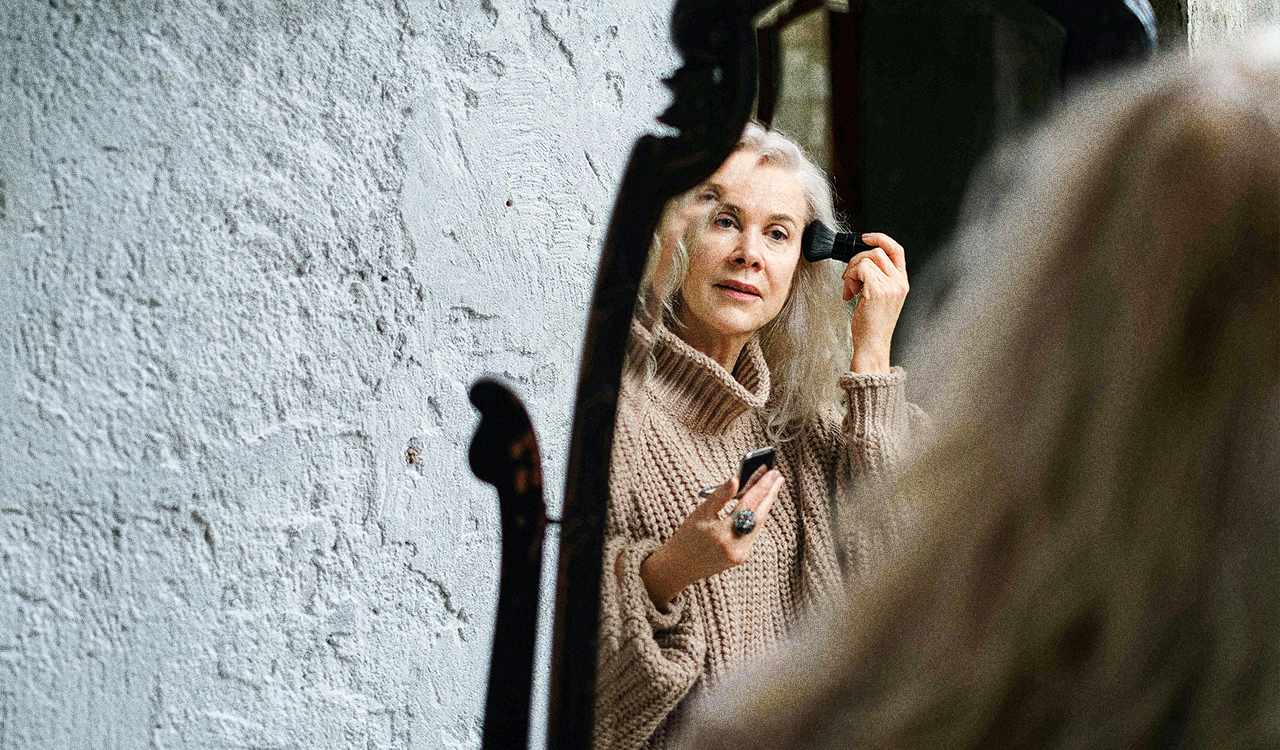When you read the headlines – and even the subheads – you’ve got to be thinking the incredible boom in the housing market is fantastic news for makers and sellers of the products that go into those homes: furniture, floor coverings, lighting, kitchen appliances and all the other décor minutiae people decorate their homes with. And to a certain extent you’d be right: the home products sector has been on a terrific run the past two years, held down only by the same supply chain issues that have stymied everything from automobiles to toilet paper.
Housing sales are at numbers we haven’t seen in 15 years. But it’s who is buying those homes that is getting buried in those headlines, a fact that has profound impact on the kinds of home products being sold.
But that’s not the end of the story. Yes, housing sales are at numbers we haven’t seen in 15 years. But it’s who is buying those homes that is getting buried in those headlines, a fact that has profound impact on the kinds of home products being sold. Turns out the story is complicated. New numbers just released from the realty company Redfin show that in the top 40 metropolitan areas in the country, 15 percent of the homes – that’s one in seven – are being bought by an investor rather than a homeowner who intends to live in the house. Those investors could be a large corporation like Blackstone, local companies aggregating houses in a certain neighborhood or individuals hoping to find a good investment for their money. These buyers sometimes flip the house, often after making some basic repairs (are you watching Flip or Flop on HGTV?). But it appears that more likely they are making investments they expect to hold onto for some period of time, renting them out for the regular income, and then at some point in the future selling them off when they believe the price is right.
Investor Inventories Surge
It’s these investors – the people who bought almost one million of the 6.1million homes sold in the country last year – that have very different profiles for the kinds of products they are buying to remodel, redecorate and otherwise maintain these homes. The Redfin numbers, as reported by the Washington Post, show this investor surge is most prominent in the American South, stretching from Florida to Arizona with especially heavy concentrations in some cities like Atlanta and Charlotte where nearly a quarter of the properties sold were to investors. Other major cities with higher than national-average investor-buy rates include Miami, Jacksonville, Phoenix, Orlando, Detroit, Las Vegas, Tampa and Nashville.
One other significant finding of this study is that the numbers for homes purchased as investments are higher in predominately Black areas. According to the Post story, “Neighborhoods where a majority of residents are Black have been heavily targeted. Last year, 30 percent of home sales in majority Black neighborhoods were to investors, compared with 12 percent in other zip codes.” Putting all of this together it paints a picture that severely distorts general perceptions about the housing market…and the products being purchased for all those homes. We break down three key areas where the impact on home furnishings retailers and producers will be most impacted:
Short-term Investors
For those homes bought by investors looking for a quick flip and not long-term ownership, what they buy for these properties are very different than long-term investors. They know that new home buyers are likely to want to put their own touches on their new purchases, so their goal is to make the place presentable and fresh…cheap and cheerful. That indicates the chances are these investors are looking for the quickest, least expensive fix they can get, which means products will include opening price-point kitchen appliances like refrigerators, stoves and dishwashers. They may opt for less expensive wall-to-wall carpeting versus higher cost hardwood flooring. Lighting fixtures will be less elaborate and often times won’t be added to rooms at all, with portable lamps displayed when homes are staged during open houses. And where bathroom and kitchen fixtures are being replaced, again the choice will be basic products rather than the elaborate fixtures one normally associates with new houses.
Bottom line: Quick-flip investor-bought homes – believed to be in the minority of the entire investor movement – will use basic, low-cost products and retailers who service some of the areas where these homes are may want to increase their assortments of these kinds of products.
Long-term Investors
In some ways, investors who plan to hold onto their properties for longer periods of time – years, maybe even decades –have some similarities with short-term owners. For the most part they will not make purchases of distinctive, elaborate furnishings, choosing the most popular, common denominator decorating options. They want homes that are easy to rent but also ones that will hold up under multiple tenants without constant refurbishing. So, they may not buy the least-expensive appliances and will go for a step up or two that offer longevity under heavy use by renters. Same for floor coverings where laminate surfaces are much more popular than wall-to-wall carpeting and should need less frequent replacement.
If these properties are being offered fully furnished – believed to be less than one percent of the overall market, although there are some regional differences – the furniture will also be more durable, using synthetic fabrics for sofas and chairs as well as dining room, living room and bedroom tables and pieces that will be made of metal or glass rather than wood.
Of course, there is a small percentage of investor-owned homes offered for rent that are at the higher end of the market and have very different furnishings profiles. But they are believed to represent just a small fraction of the total market. So, for the majority of long-term investors, the furnishings choices are not necessarily the cheapest but more likely safe designs that will stand the test of design time for notoriously careless tenants who know they are just renting the place.
What About the Renters?
Which brings us to the other dynamic in all of this: the increased number of homes offered for rent, skewing the numbers further away from homeowners. People who are renting have always had different furnishings preferences than those who own their own homes. The key factor here is that with this investor trend there will be simply more renters. Renters don’t put in new flooring, new kitchen appliances or cabinets. They don’t buy hardwired lighting like chandeliers or sconces, choosing lamps and lighting they can take with them when they move. They buy more decorative accessories such as accent pillows and rugs as easy, low-cost ways to redecorate. And when there are home repairs they call up – who are we kidding, they email — their landlords to send someone to fix things…and that fix is likely to be low cost and nothing fancy.
The Great American Home still retains its role as the holy grail for many people who view home ownership as a sure sign they’ve made it. But the reality is that with more homes being bought as investments and rented out, the percentage of renters in the country is only going to increase. Bringing with it very different household furnishings decisions.
Homeless in America
It’s clear that the overall shortage in housing is what’s driving this investor feeding frenzy. “If we were building enough housing there wouldn’t be as much investing activity in the housing we have,” said Redfin senior economist Sheharyar Bokhari. “If we had enough homes to meet this demand everyone would be able to buy a home.”
In the meantime, even as owning a home becomes increasingly out of reach for many Americans, it’s quite clear who is coming out of all of this in great shape: investors. Blackstone just paid its CEO $1 billion – that’s with a “B”—in compensation for the previous year and a lot of that came from the company’s vast holdings in real estate, particularly single-family homes, which is believed to own well over 100,000 units.
At one point Blackstone was buying more than $100 million in homes each week, but it’s when it sells those investments that the true scale of the payoff surfaces. It took its Invitation Homes unit public in 2017 and cashed out two years later, pocketing about $7 billion in the process.
Selling the products that go into all these investor-owned homes is a huge business but no doubt it pales beside the money to be made in the homes themselves. There’s no place like home, Dorothy said referring to something else entirely, but she didn’t realize what a great business strategy it was.




